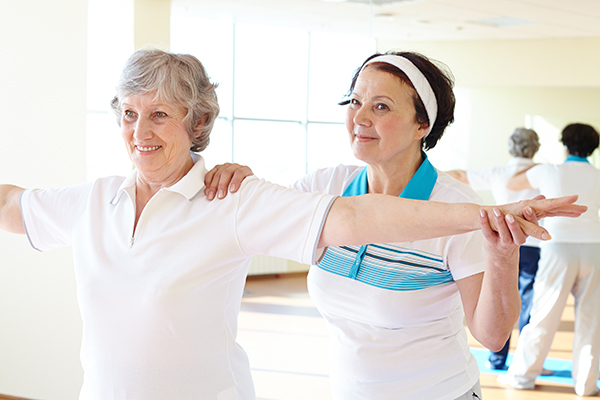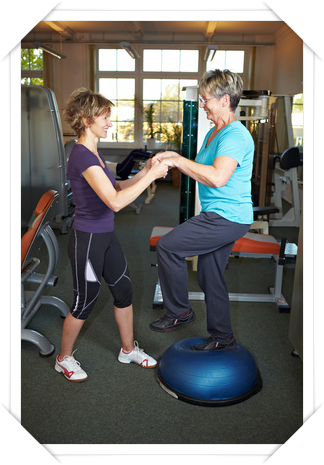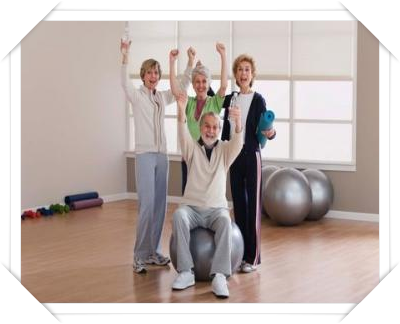 Did you know that we become less active as we get older?
Did you know that we become less active as we get older?
As we age, more sedentary, and gains weight, arthritic changes can set in. Joints begin to degenerate, resulting in pain and discomfort in daily life.
Here are some of the physical changes we face:
-
Decreased muscle strength and flexibility
- Decreased motion in our joints (feeling less limber)
- Decreased bone density (increased risk of osteoporosis)
- Increased risk of heart disease
- Increased heart rate
- Increased resting blood pressure
- Decreased sense of balance and increased risk of falls
With all these changes, it may seem like a losing battle. But wait, there is a way we can turn back the clock or at least slow it down.
The best way to build strength and stability of the joints and the surrounding ligaments, muscles, and bones is through a combination of exercise, healthy eating, and nutritional supplements.
Almost everyone will benefit from increasing their activity level. It’s important to choose an exercise program that will be interesting and enjoyable, and that fits into your daily activities.
Your Solution – Exercise
Exercise has been shown to keep older people healthier as they age. Some noticeable benefits of exercise include:
- Increased bone strength (don’t forget to include your daily dose of calcium)
- Increased physical work capacity (one’s ability to perform physical work)
- Increased joint range of motion
- Improved sense of well being
- Increased muscular strength and flexibility

- Increased circulation
- Decreased resting heart rate and blood pressure
- Improved balance and decreased risk of falls
- Improved glucose regulation (very favorable for diabetics)
- Improved sleep patterns and levels of anxiety
The result is a healthier you.
If you are an older adult, exercising will help you with daily activities such as walking in the grocery store, lifting grocery bags, going up and down the stairs, and much more.
Studies have shown that exercise contributes to longevity, even for someone who goes from being inactive to being slightly more active. So why not start exercising now? Better late than never.
Motion is the Key
 To improve aerobic conditioning, here are some recommendations. Please note that these are general recommendations, and your specific situation will vary, based on the results of our evaluation. As part of our commitment to your health and safety, we strongly recommend approval from your physician before you begin any exercise program.
To improve aerobic conditioning, here are some recommendations. Please note that these are general recommendations, and your specific situation will vary, based on the results of our evaluation. As part of our commitment to your health and safety, we strongly recommend approval from your physician before you begin any exercise program.- Duration: 20-30 minutes
- Frequency: 3-5 days a week
- If you are not used to exercising, you may begin with short periods of exercises, followed by resting periods, and spread it throughout the day.
- Intensity: If working at a moderate level of intensity, and still able to carry on a conversation, you are working in a safe range.
- Type of exercise: aerobic, repetitive in nature exercise
- Examples: walking, water aerobics, bicycling, gardening, dancing, playing golf (if you leave the cart behind), or yoga.
Include a 10-minute warm-up, then the activity/sport, and a 10-minute cool-down. A cool down or recovery period is important to minimize muscle soreness.
Moderate exercise is beneficial for everyone, no matter what age! Call us today and we will determine the most effective exercise plan and design it specifically for you.
